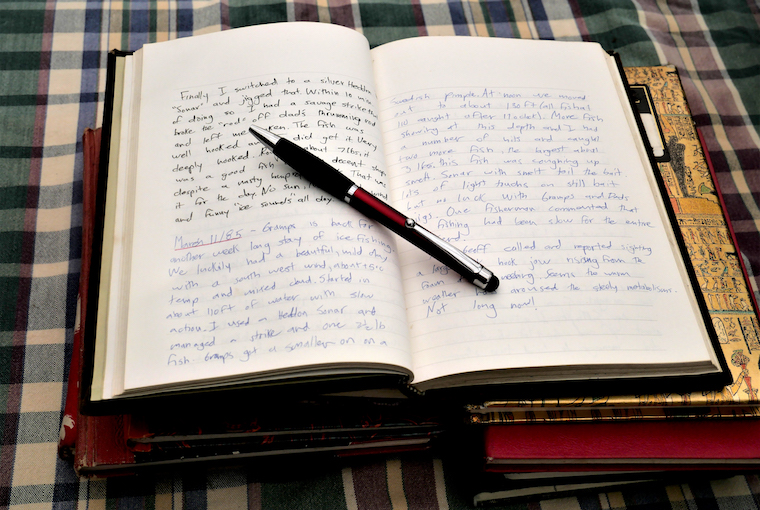
It takes a certain kind of person to keep a journal ― a commitment and activity that may seem antiquated with the popularity of social media.
For an angler and/or hunter, however, a daily or seasonal journal or diary can provide a lot of information about fish and game movement, timing, and other important information. I was an avid and disciplined diarist for many years. And the information I gathered then has served me to this day.
I’m not entirely sure where my interest in recording the events of each fishing trip came from. Perhaps my life-long obsession with seasonal change and the impact it has on fish and game. When I began journaling, I was cataloguing more than just basic weather and fish stats. My journal included everything from lures used and rejected to wildlife that was spotted. Interactions with my fishing buddies — good and bad — as well as other curiosities would be added. However, the nut of the fishing and hunting journal entries were about conditions and daily fish activity.
Looking back on it now, keeping a journal was a good exercise, given all the writing that would be in my future. On long fishing trips, I dedicated time every evening to recording details from the day — something often done while consuming an adult beverage around a fire, or sometimes in a tent with a flashlight. Occasionally, I had to catch up at home. Weather was and is a critical element of every trip. So wind speed and direction, air and water temperature, cloud cover (or lack of) were key pieces to record. Insect hatches, minnows, nymphs or amphibians observed and anything else that seemed worthy of noting was added. As you might expect, fish caught or lost were the stars of each entry. Basic information about what the fish took, how they fought and what they measured or weighed was all recorded. Sometimes with an impressive amount of detail.
Life changed habits
Sometime around the arrival of our children, and the increase of my daily writing workload, the journal keeping was put aside. I’d still do diaries of special or exotic trips. Especially if I was assigned to write a story about it, but the random day trips now went mostly unrecorded. I’m sad about this now, as age and time tends to muddle memories together. As good as I like to think my memory is, a well-kept journal has a way of being the final word.
Thankfully, an important person in my life and frequent fishing partner, has never stopped keeping a fishing and hunting diary. My father, Gord Ellis Sr., has been recording his (and our) trips since the 1970s, which is an incredible track record. That’s how I know I caught my first steelhead on May 10, 1975, on a creek near Thunder Bay on green sponge. My father’s diary also records my first steelhead on a fly was May 19, 1975, on a river east of Nipigon. I was there with him and my younger brother Roy. That same day, another angler caught a steelhead that weighed 13 lb., 3 oz. The detail Gord Sr. has in his diary varies, but it’s a fascinating snapshot of nearly five decades in the bush. Senior has catalogued both fishing and hunting adventures as well, so there is a great depth of information there. Although it is not something I ever thought of until later, I suspect the interest in water temperatures, fish activity, and weather that I share with him came from his curiosity and recording of them. The apple does not fall far from the tree.
Apps to track your fishing
Although keeping a journal is traditionally done in a notebook or on a pad, there are many other ways modern anglers and hunters can do the job. There are apps, like Fishbrain, Fishidy, and ANGLR that all have a variety of ways you can record information. The ANGLR app, as an example, helps you log your fishing info and is highly automated. You press start when you begin fishing, and capture information. Like your GPS route, weather conditions including cloud cover and air temperature, and water temperature and flow. You can further develop the database by adding photos of your own catch and track the performance of specific lures or baits. Using an app to help record your data removes the need to write stuff down and can be customized to your needs. Not everyone will want flow rate info for instance. But tracking lure or fly performance is something all anglers will want.
In the spring of 2021, after a long hiatus, I began keeping a fishing journal again. It was simpler than my old journal, with less narrative and more basic information. Such as weather, water temperature, fish caught, and the lure or fly used. Starting a journal again required taking some time in the boat or on shore, but it was just moments as opposed to hours. This winter, it was fascinating to look back at some of the entries and identify patterns of fish behaviour that I’d not caught in the heat of the moment. It was a good reminder what a powerful tool a journal can be.
Past journals
While preparing to write this column, I also went back and read a few of my fishing journals from three decades ago. Some of the experiences in the pages came flooding right back and it was so cool to relive old adventures. Other entries felt like they were from someone else’s life. The memory and situation had been erased by my brain. It was fascinating to experience some long-lost adventures like it was the first time.
I have committed to getting back to journaling my outdoor adventures again this season either with an old school notebook or via an app.
It’s really worth the time and effort.
Originally published in the August 2022 issue of Ontario OUT of DOORS


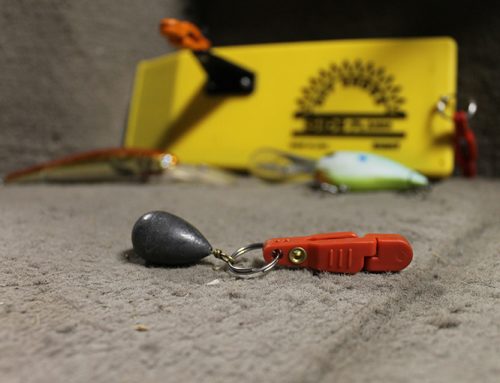
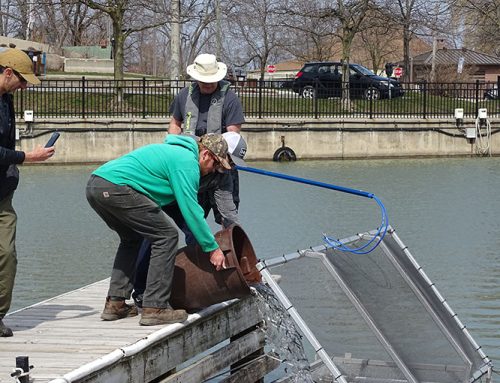
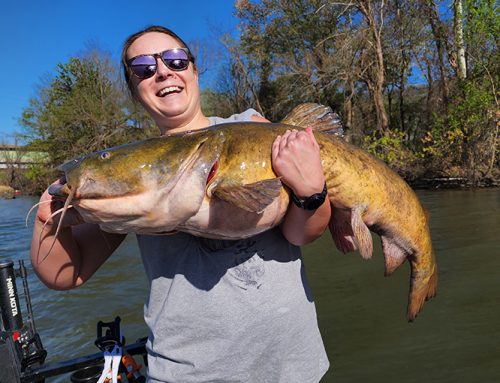
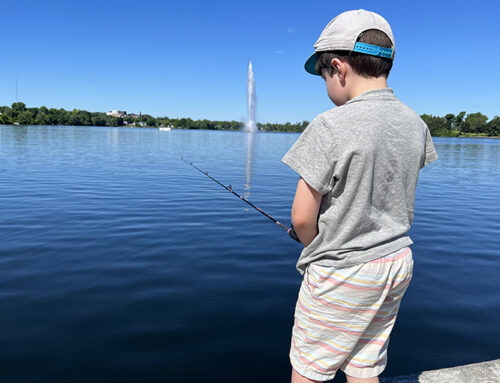
Leave A Comment